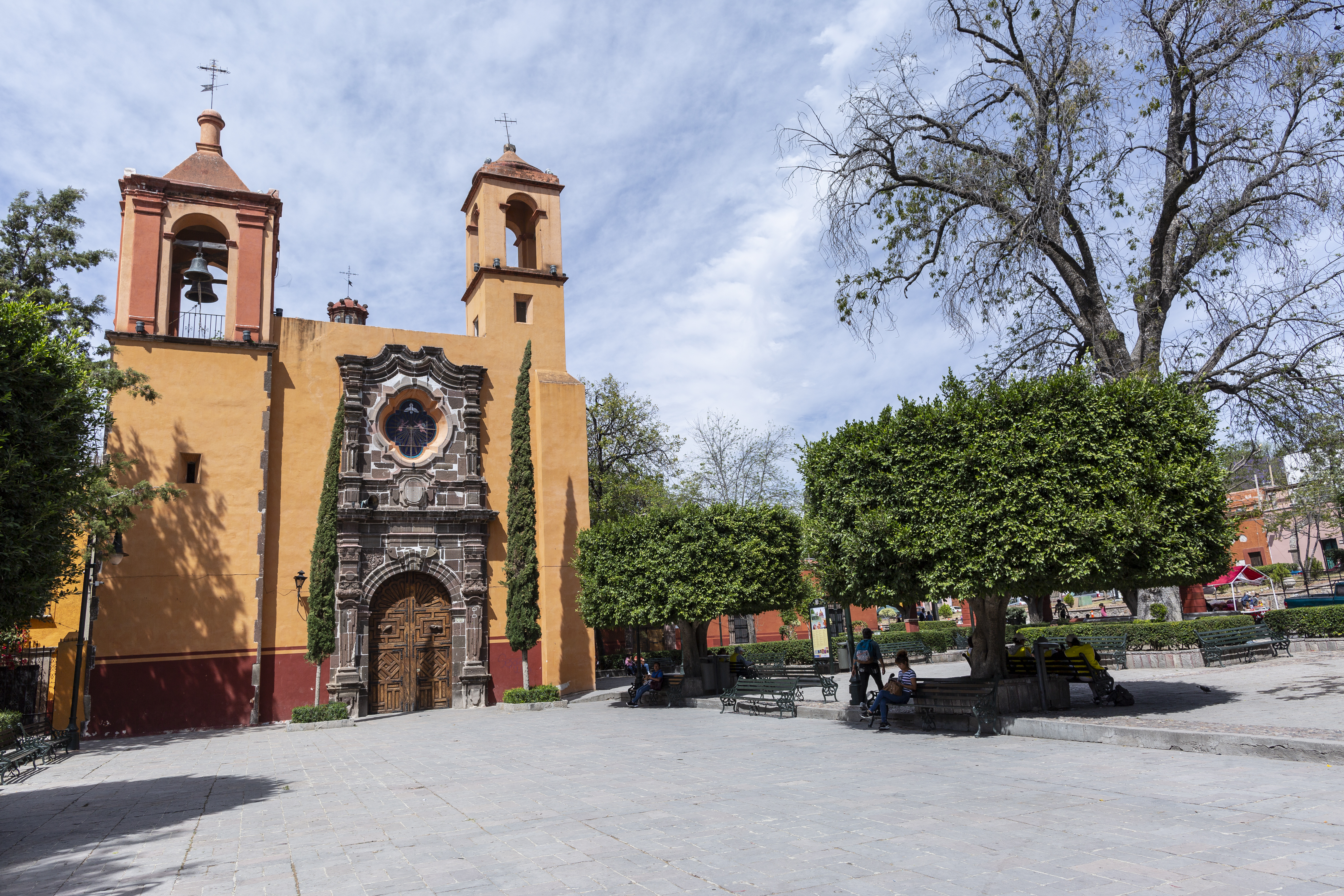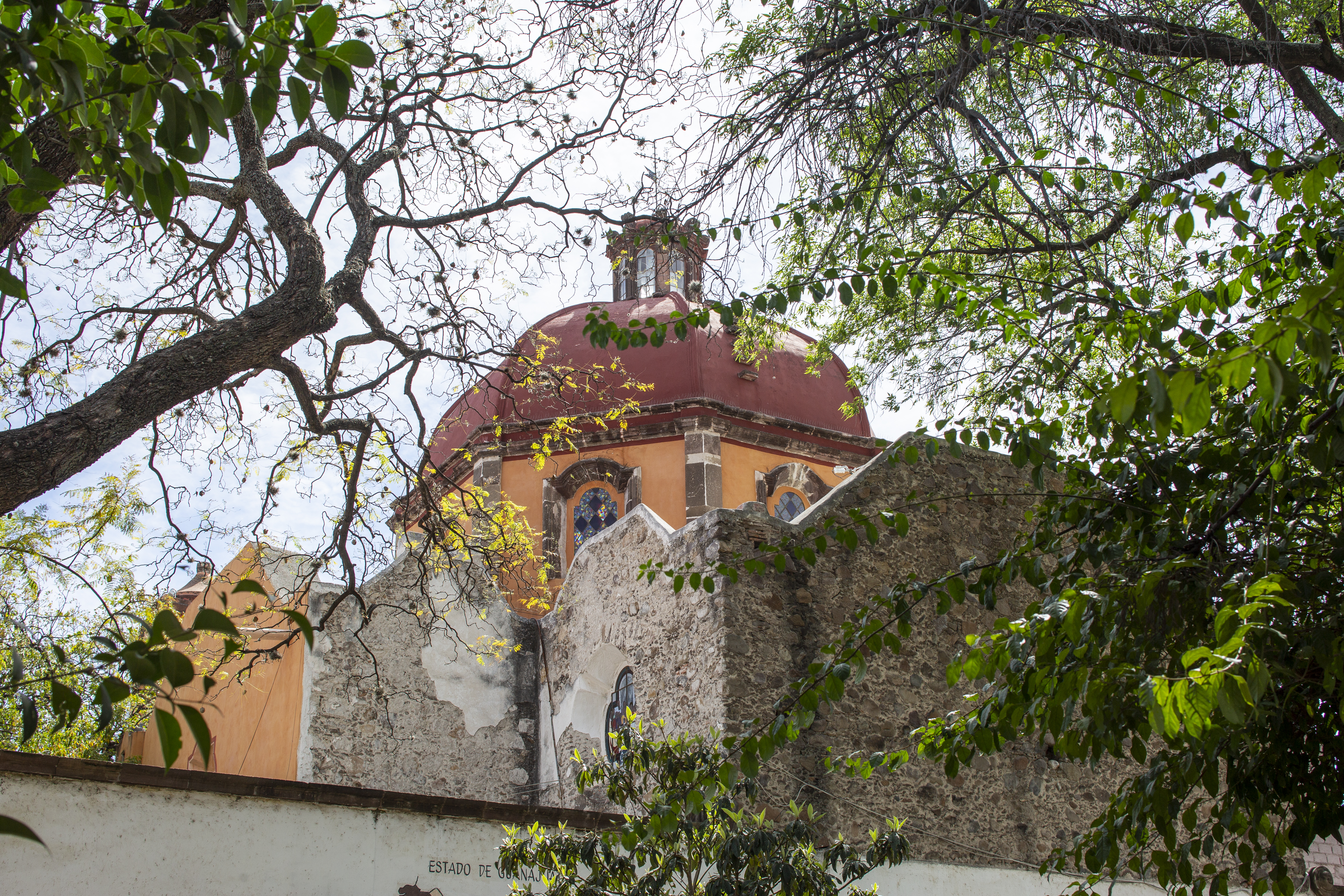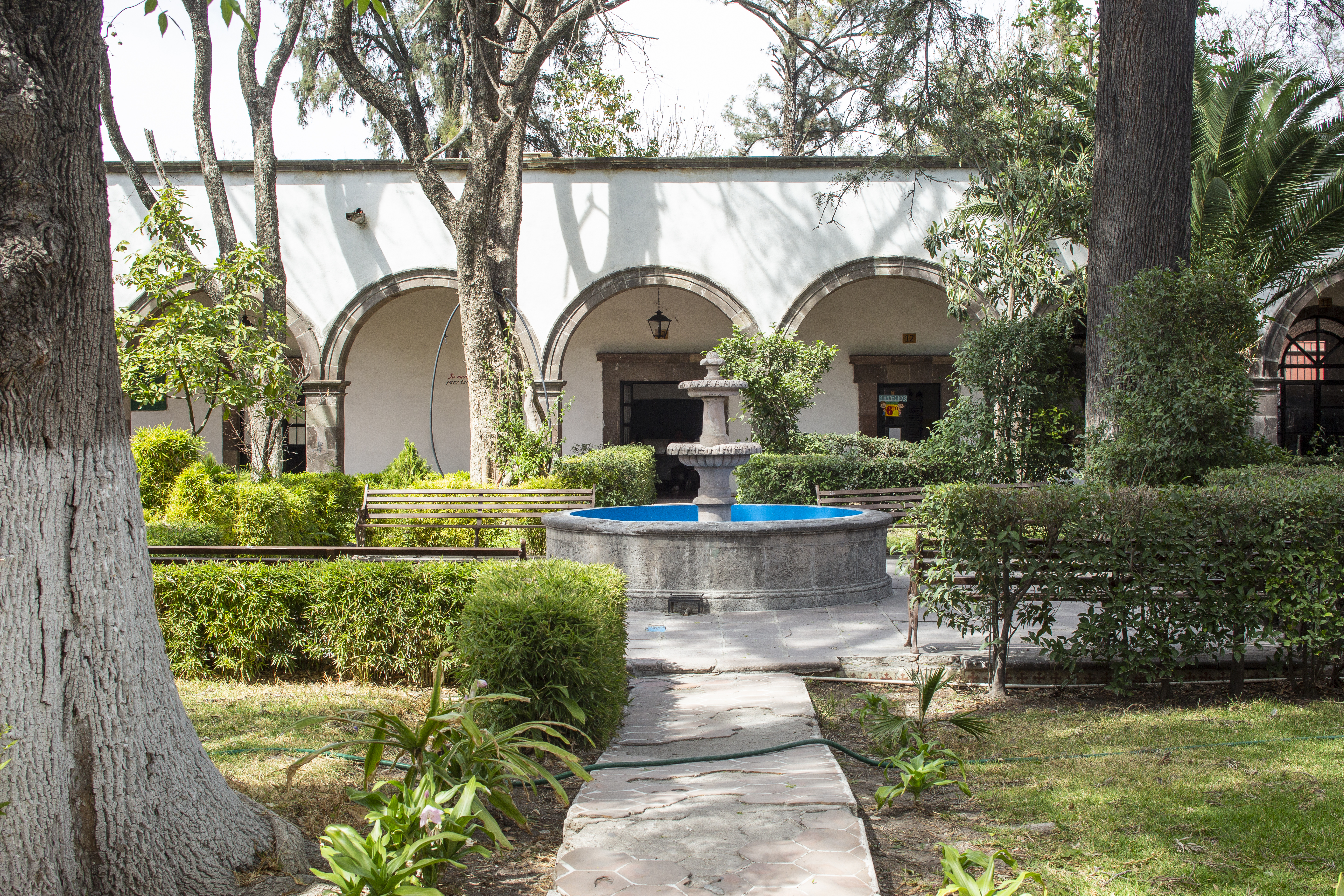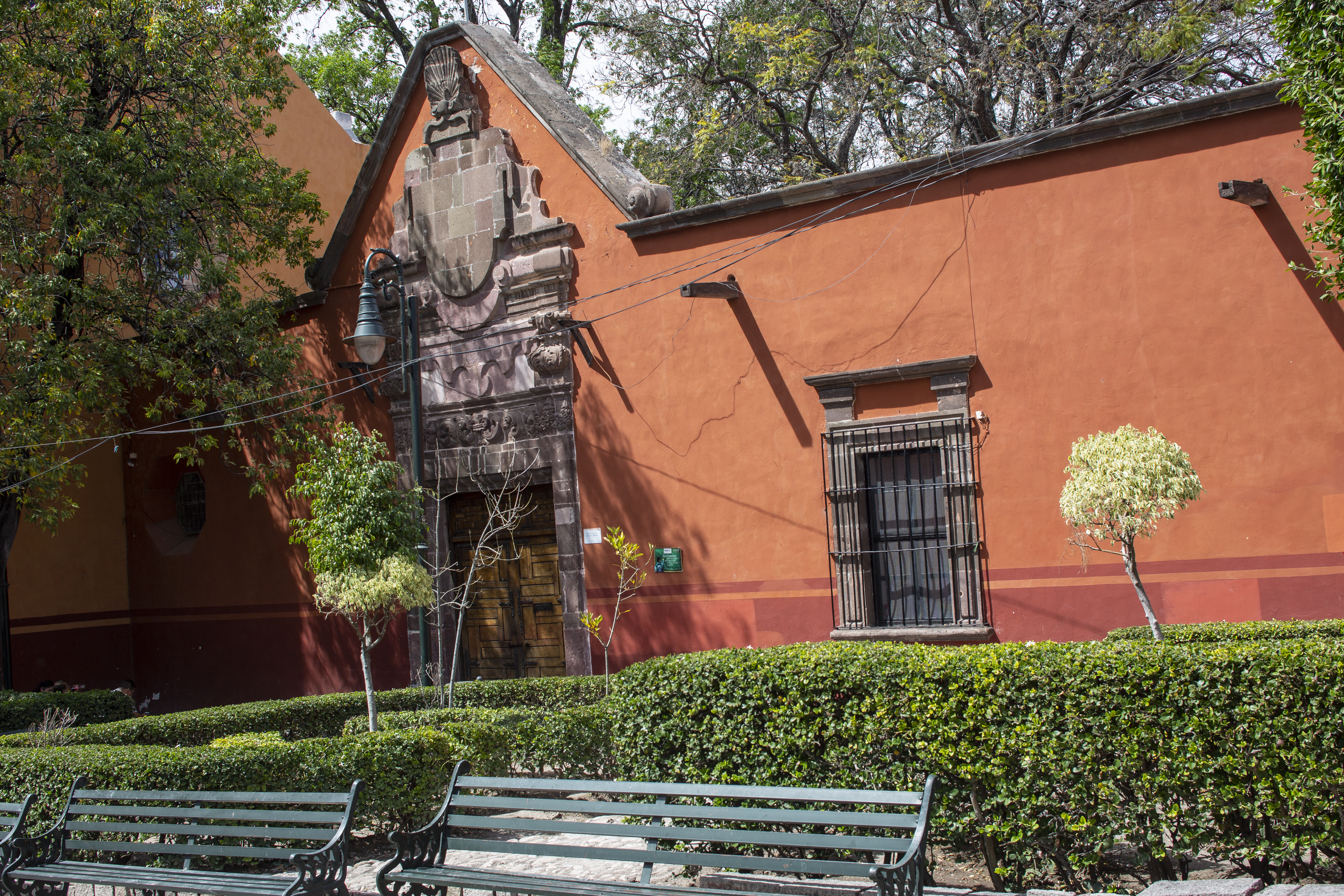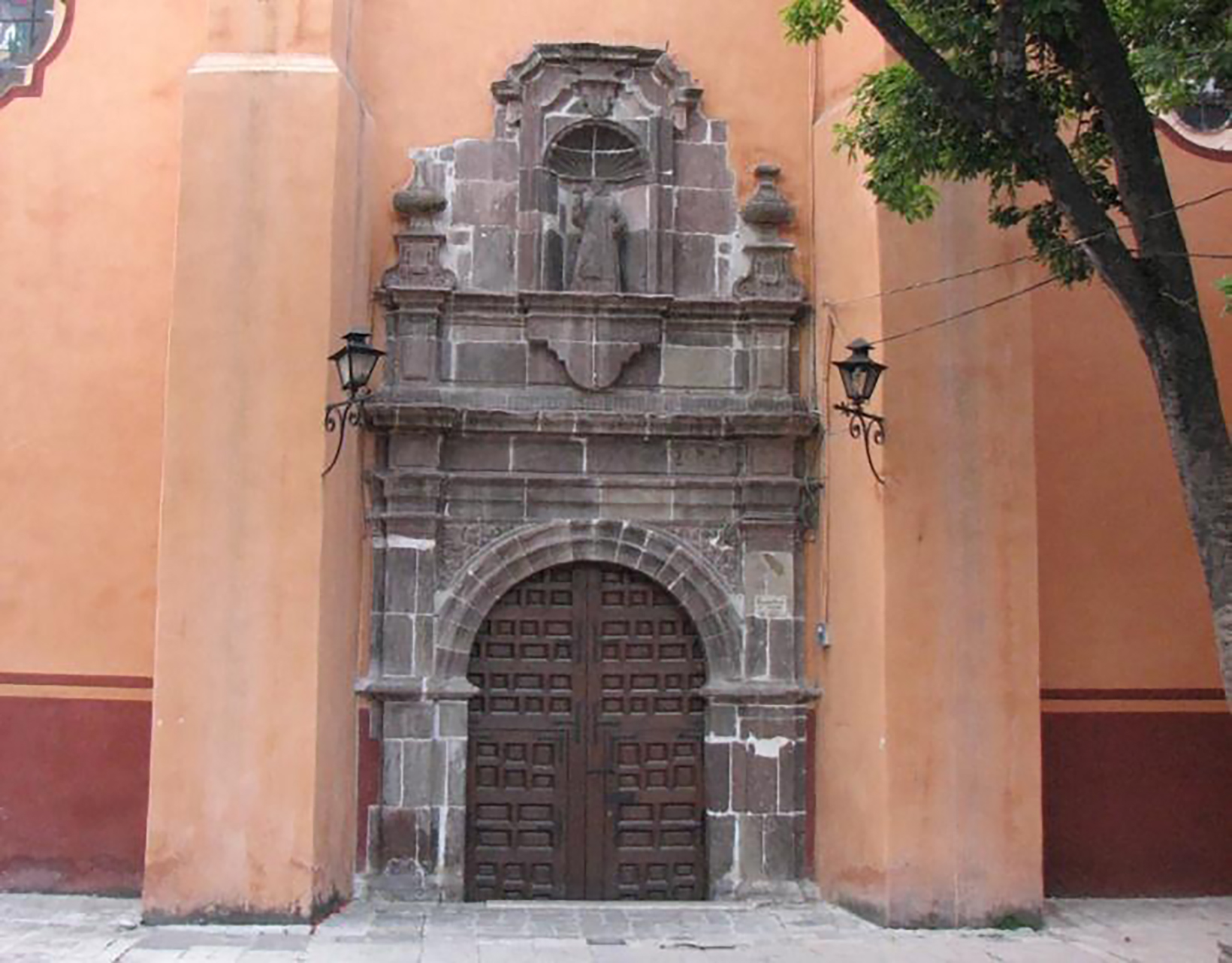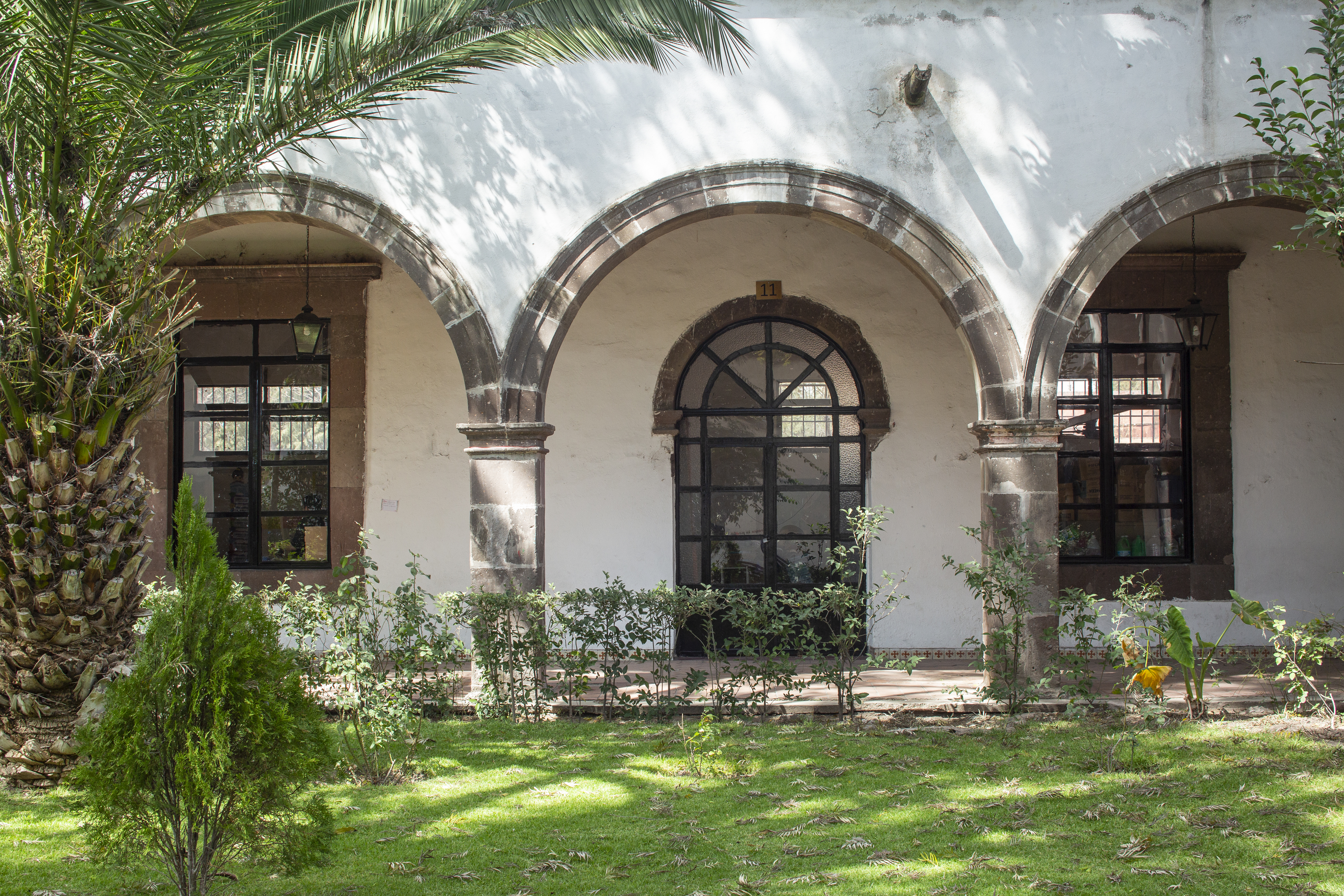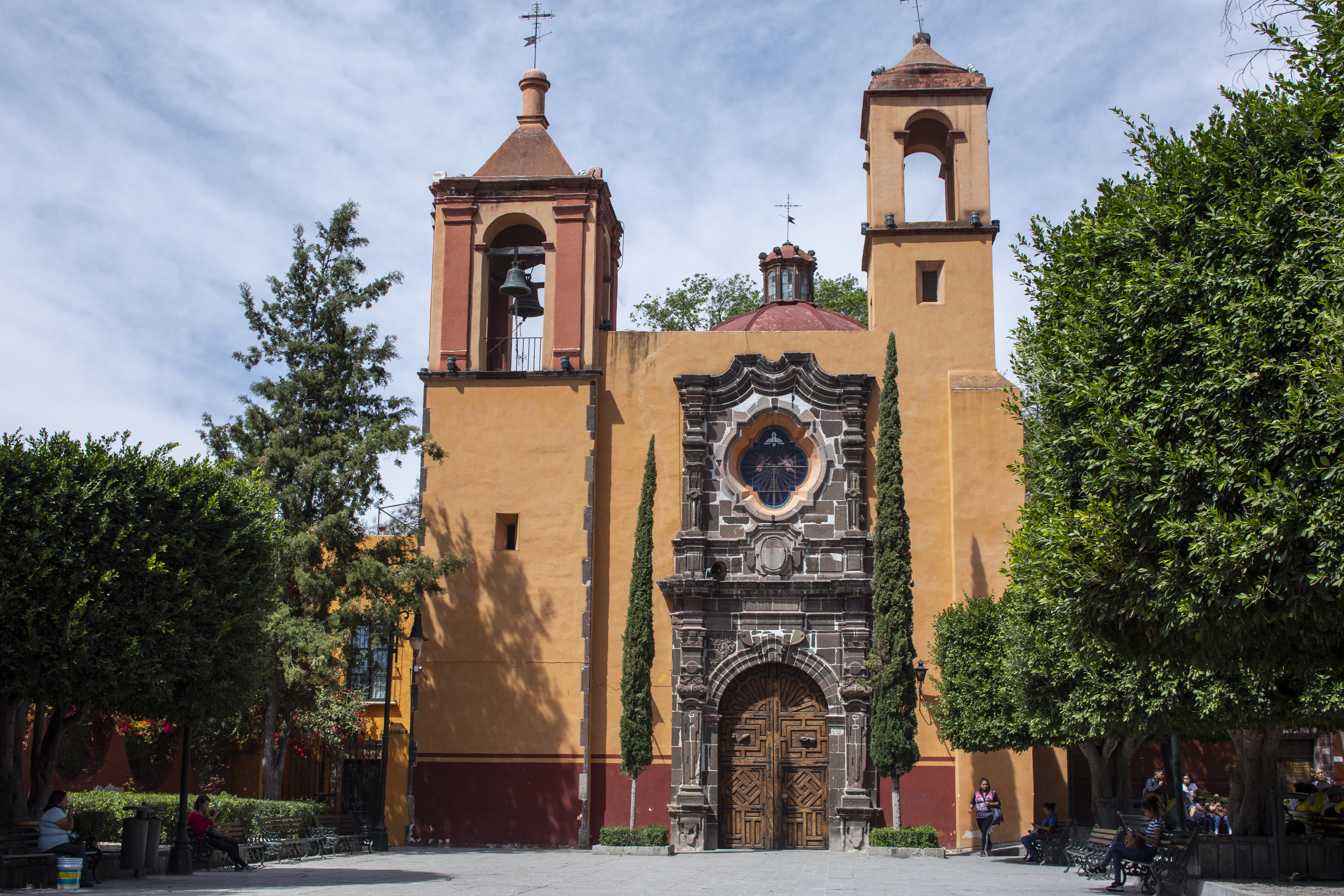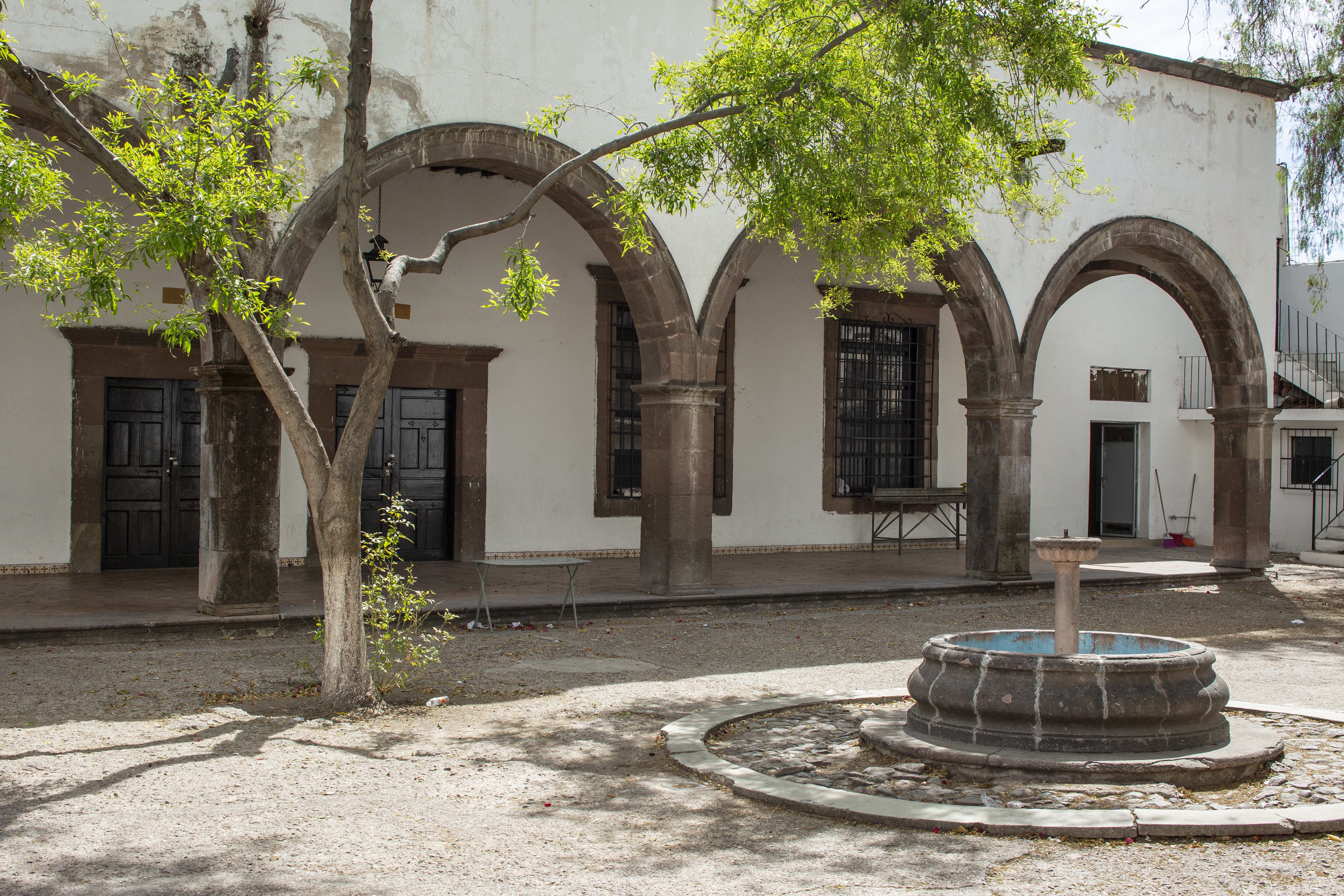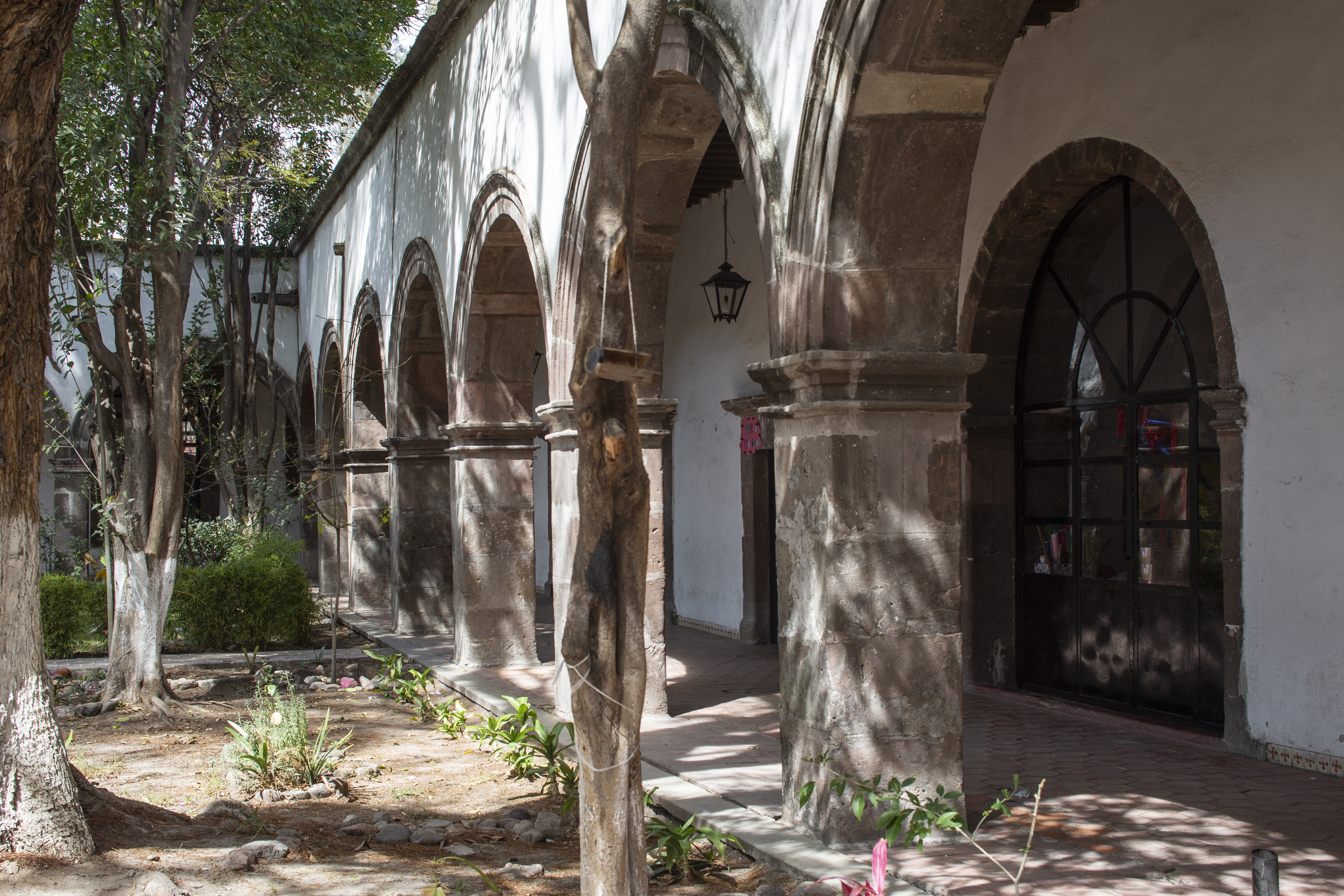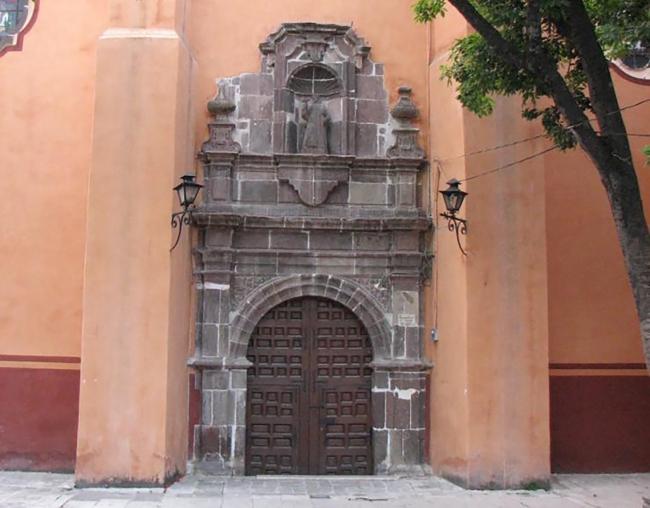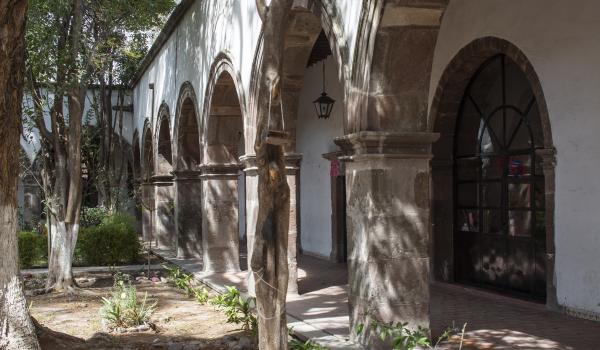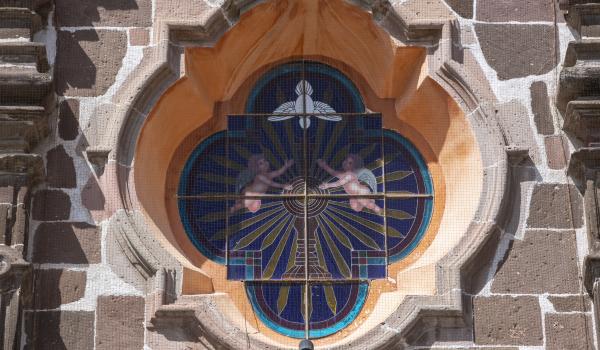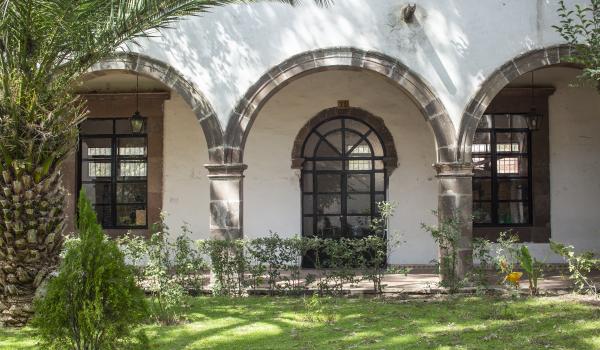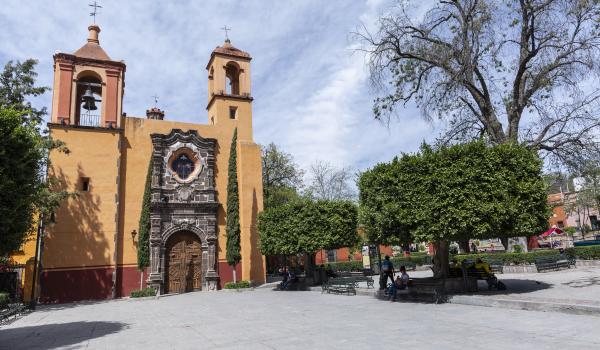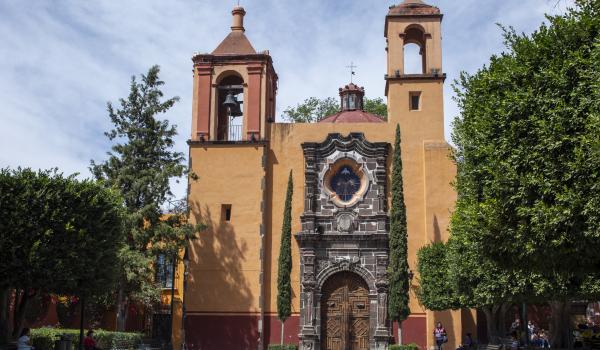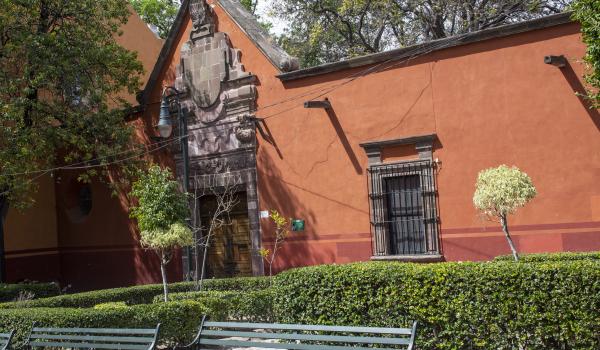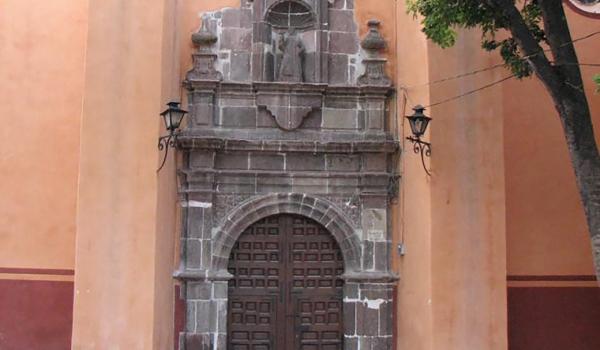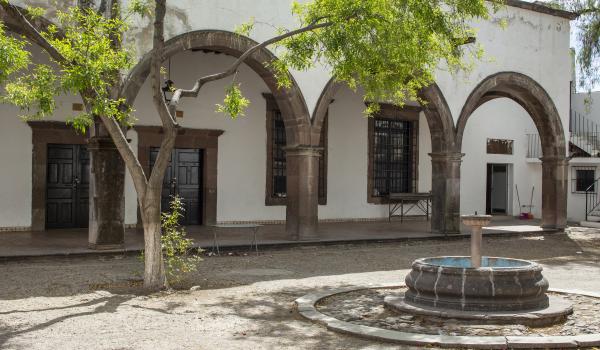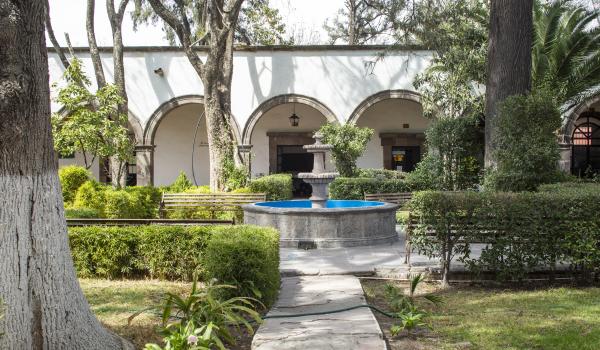Antiguo Real Hospital de San Juan de Dios de San Miguel de Allende
Route element
Antiguo Real Hospital de San Juan de Dios de San Miguel de Allende
The old Hospital of San Juan de Dios in the city of San Miguel de Allende, Guanajuato, also known as the Royal Hospital, is a work attributed to Father Juan Manuel de Villegas, who was in charge of its construction in 1753.
nitially, the building was named Hospital de San Rafael, and the authorization for its construction was given on October 16, 1743. This old sanatorium opened its doors at the end of the 18th century, and although it primarily served the poor, it also accommodated a wide variety of patients from any social class of New Spain who traveled or lived near the Royal Inland Road
According to the records of patient admissions during the 18th century, people of all classes, castes, and occupations were attended to at the hospital. Some arrived from cities such as Guadalajara, Tlaxcala, Mexico City, and Monterrey. However, the indigenous population received the most assistance, largely due to epidemics that affected this region and the rest of New Spain. For this reason, at least during the 19th century, the Hospital de San Rafael was known as the hospital for indigenous people.
Since it was common for hospitals in New Spain to be attended to by local residents who performed these duties guided solely by their goodwill, it is considered that the Hospital de San Rafael was no exception. However, Father Juan Manuel de Villegas continued to oversee the hospital, a role that lasted until 1770, when the religious order of San Juan de Dios arrived in San Miguel to take over the duties from the priest and manage the hospital. After the arrival of this order, the hospital was named San Juan de Dios, as it is still known today.
The property consists of two parts: the church and the old sanatorium. The church tower has a single level and contains two bells. Inside the church, there were three altars, a choir, a pulpit, and oil paintings. The former hospital is surrounded by a central courtyard with four corridors and had twenty-seven rooms, some for recovering patients and others for offices and services. At the back of the property, there is a small cemetery.
From the early 19th century until the culmination of the War of Independence, the property was in very poor condition and nearly abandoned due to scarce resources for its maintenance. Later, in 1935, the building served as a civil hospital.

